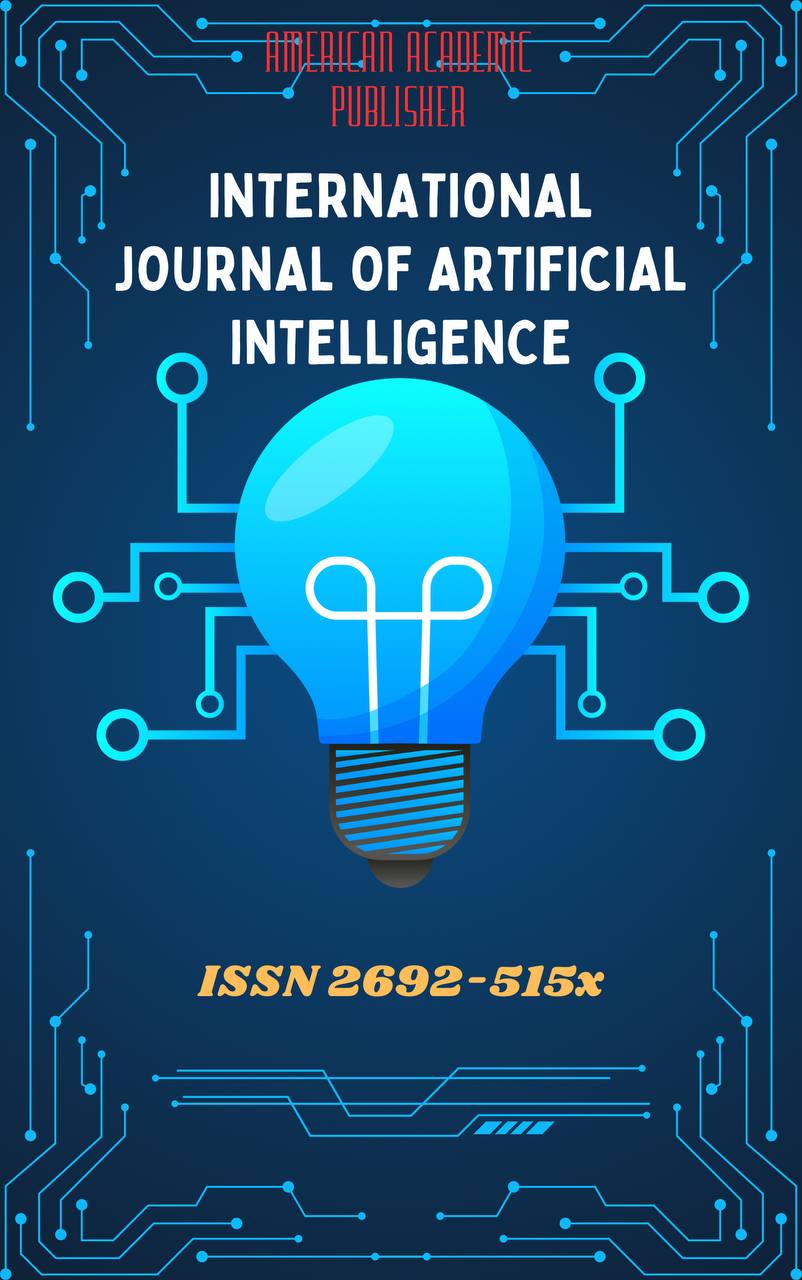 Articles
| Open Access |
Articles
| Open Access | THE ROLE OF LISTENING IN DEVELOPING PRONUNCIATION AND FLUENCY
Matqurbonova Ro’zaxon Zokirjon kizi, , Student of Samarkand State Institute of Foreign LanguagesAbstract
Listening plays a fundamental role in the development of accurate pronunciation and fluency in language learning. This article explores how exposure to native speech models, intonation, stress patterns, and real-time listening practice contribute to enhancing learners' speaking abilities. Techniques such as mimicry and shadowing are highlighted as effective methods for improving both pronunciation and fluency. Furthermore, the importance of phonological awareness and listening to varied accents is discussed as key factors that help learners internalize the natural rhythm and flow of the language. Ultimately, this article demonstrates that listening is a vital component in building strong communication skills, as it lays the foundation for producing clear and fluent speech.
Keywords
Listening, pronunciation, fluency, phonological awareness, mimicry, intonation, stress patterns, shadowing, language learning.
References
Brown, H. D. (2007). Principles of Language Learning and Teaching (5th ed.). Pearson Longman.
Goh, C. C. M. (2000). A cognitive approach to language learners' listening difficulties. ELT Journal, 54(3), 207-214.
Harmer, J. (2007). The Practice of English Language Teaching (4th ed.). Pearson Longman.
Lynch, T., & Mendelsohn, D. (2002). Listening in a Second Language. Oxford University Press.
Nation, I. S. P. (2009). Teaching ESL/EFL Listening and Speaking. Routledge.
Rost, M. (2013). Teaching and Researching Listening (2nd ed.). Routledge.
Vandergrift, L. (2007). Recent developments in second and foreign language listening comprehension research. Language Teaching, 40(3), 191-210.
Zeng, Y., & Sui, L. (2017). The impact of listening on speaking in English language teaching. International Journal of Emerging Technologies in Learning, 12(1), 99-107.
Article Statistics
Downloads
Copyright License

This work is licensed under a Creative Commons Attribution 4.0 International License.

